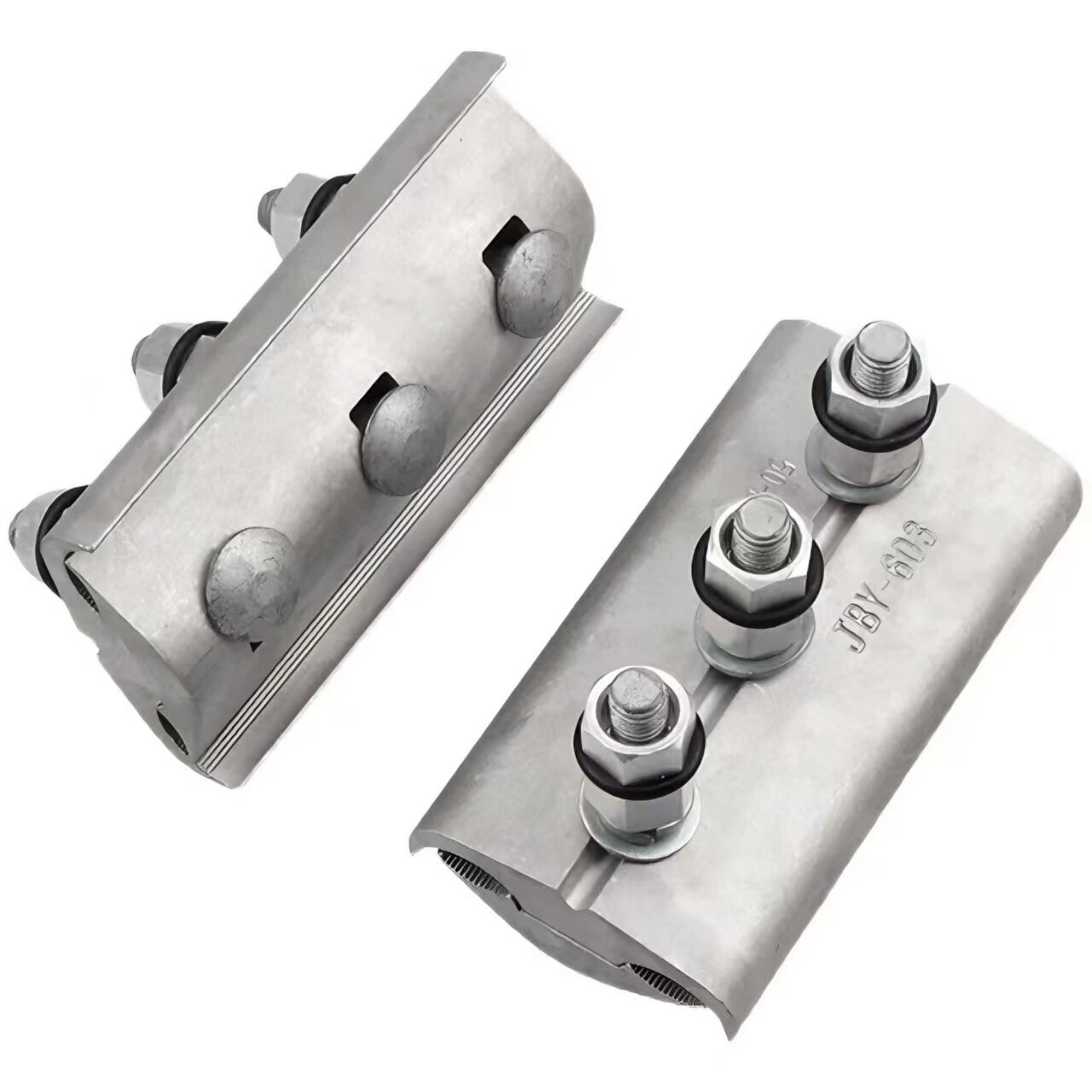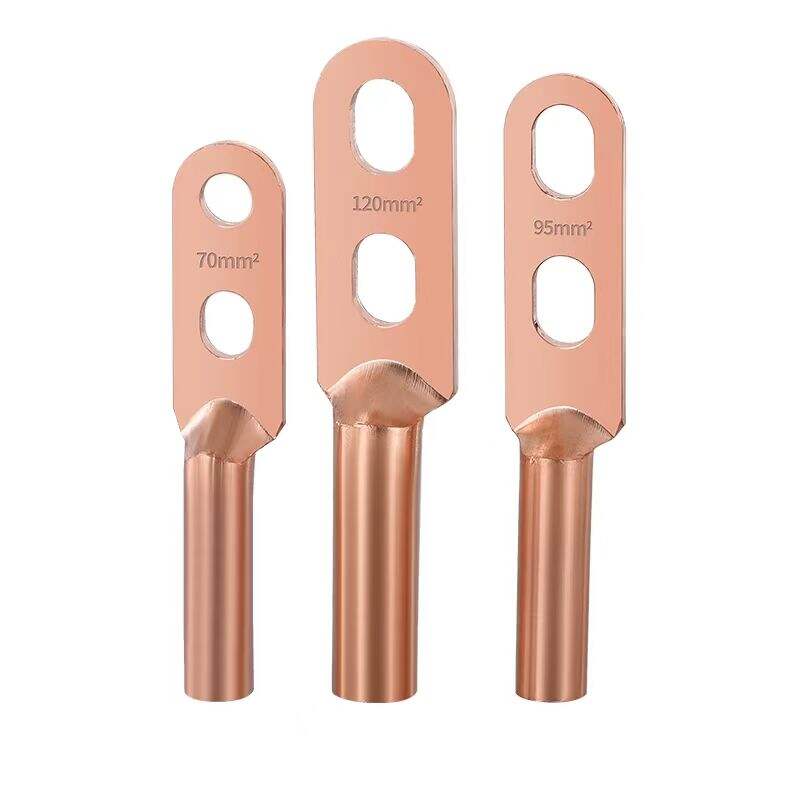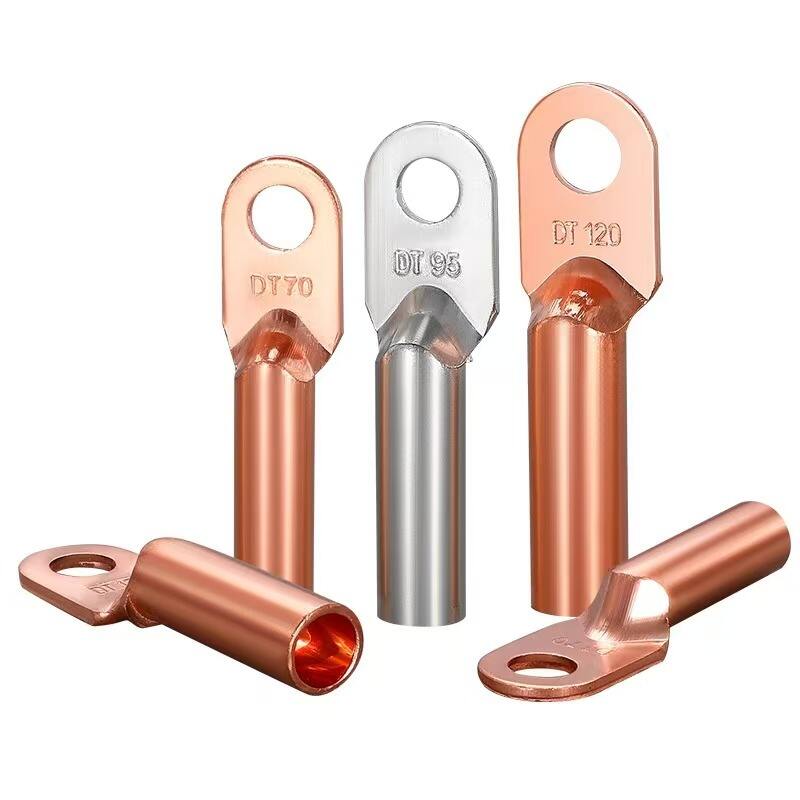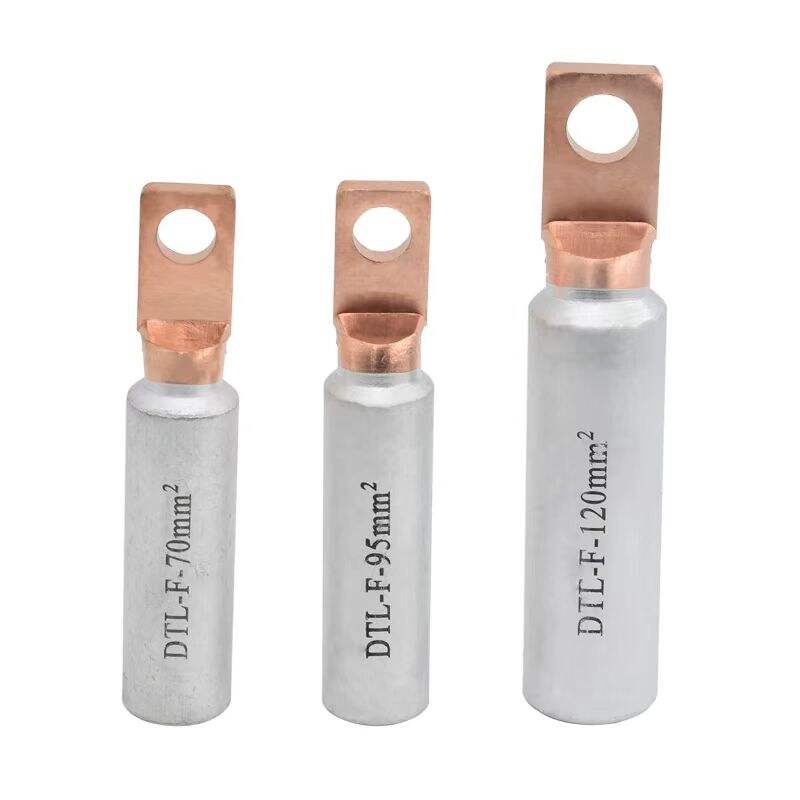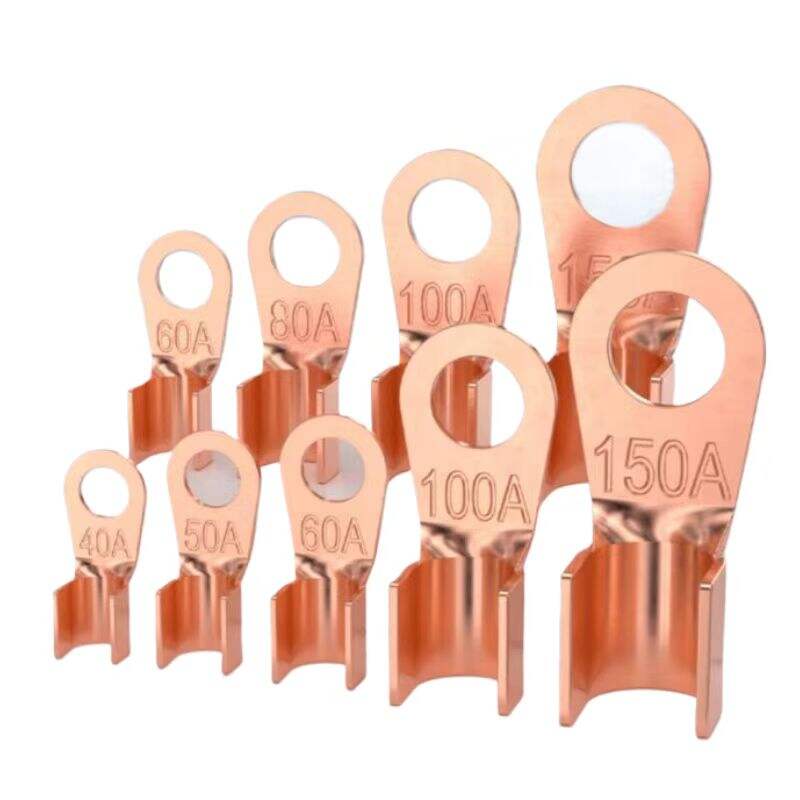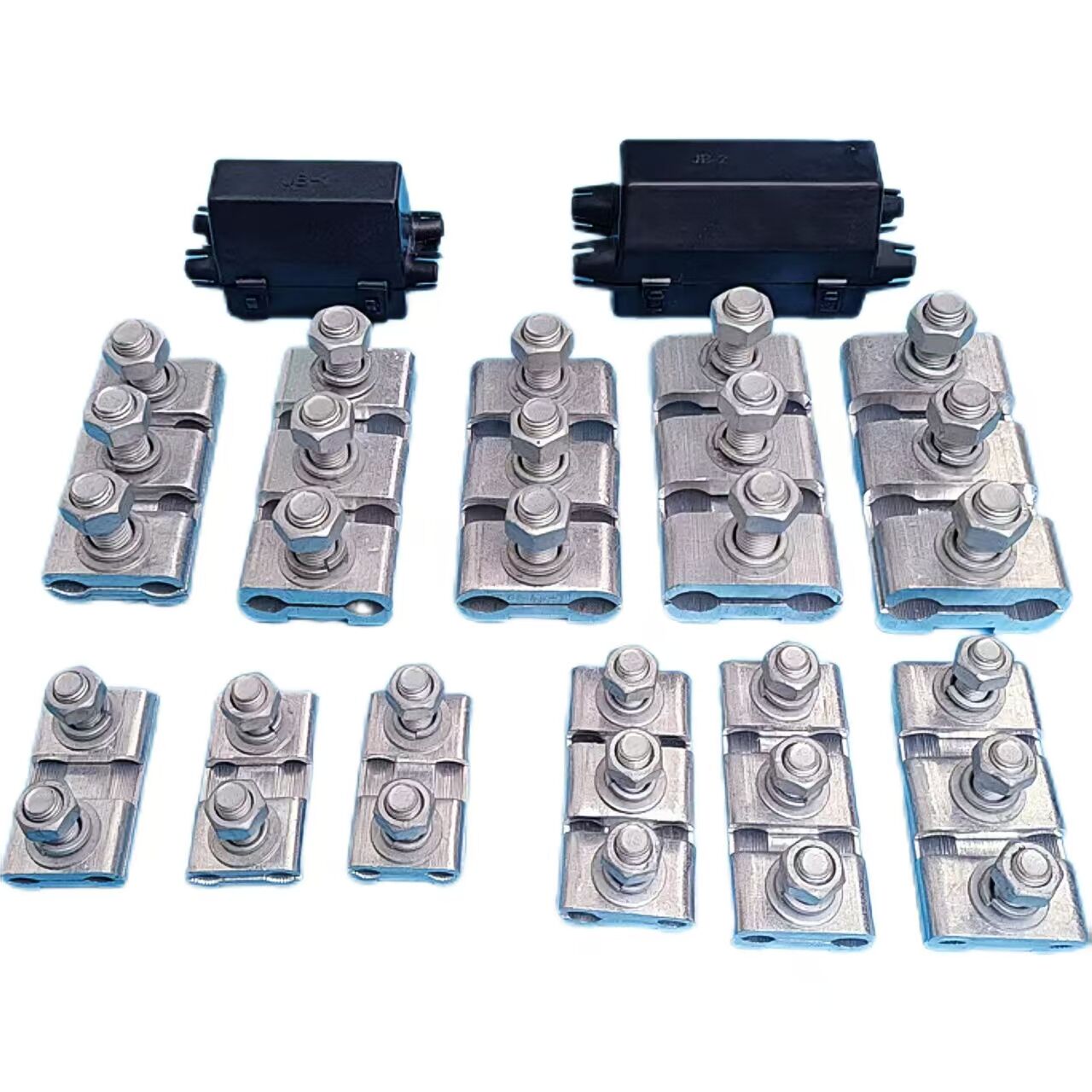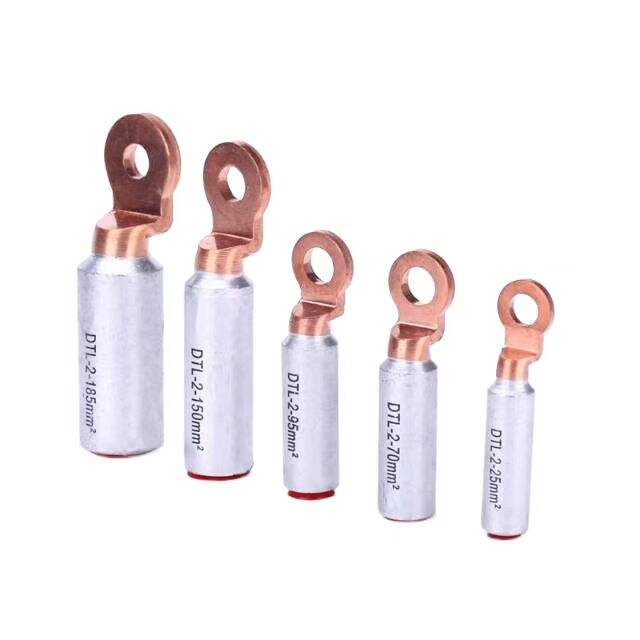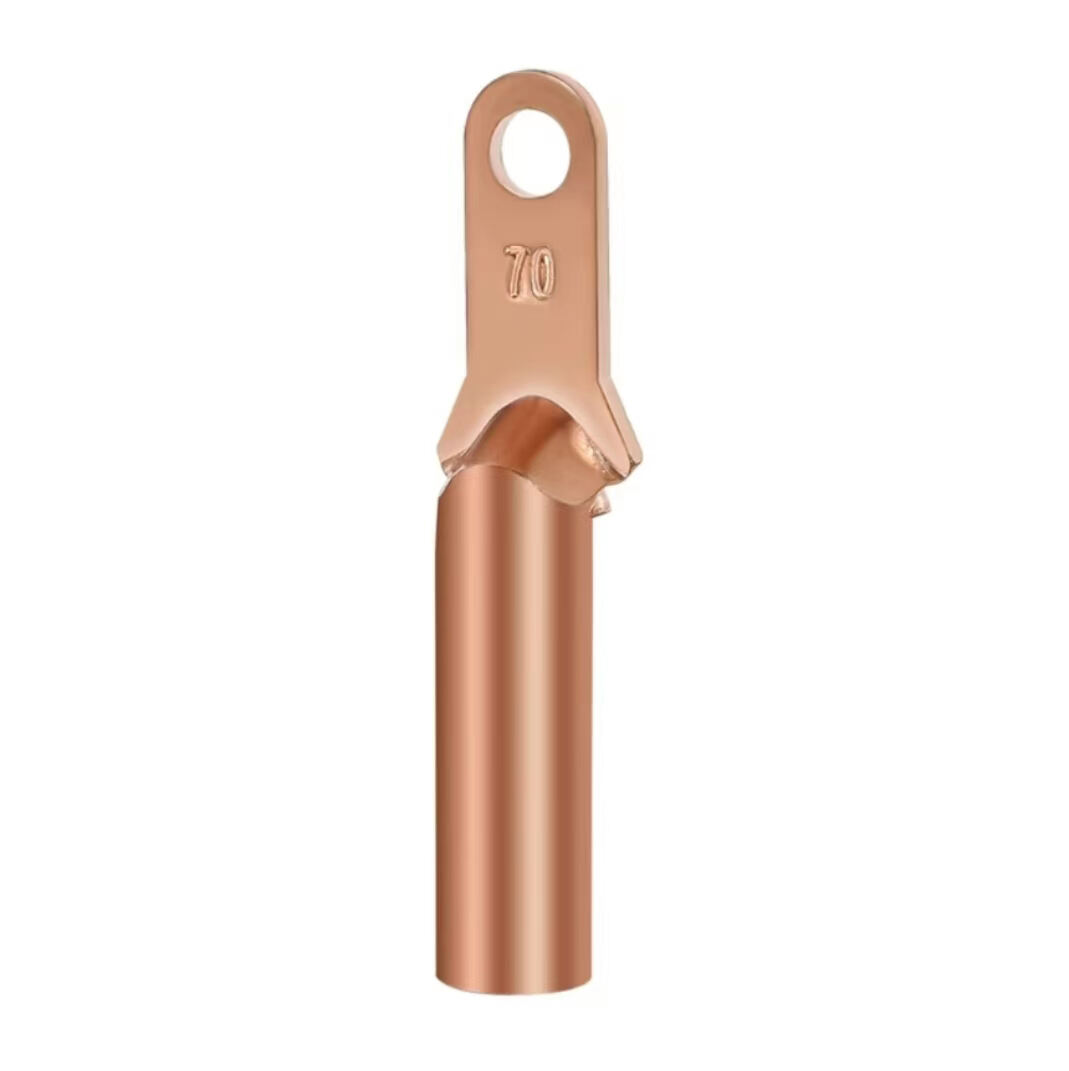1. Power Construction
Used in the erection, repair, and maintenance of overhead transmission lines to clamp power cables for operations such as tensioning, stringing, and sag adjustment, ensuring the normal operation of the lines. It is critical for tasks like aligning high-voltage cables on pylons or adjusting cable tension to meet safety standards, particularly in complex terrains or high-altitude installations.
2. Telecommunication Engineering
Applied in the laying and maintenance of communication lines to fix and tension communication cables, facilitating cable deployment, splicing, and other tasks. Whether for aerial fiber optic cables or underground telecom lines, the clamp ensures secure cable positioning during installation, reducing the risk of sagging or disconnection that could disrupt network signals.
3. Other Fields
Construction Electrical Work: Used in building projects to fix and tension electrical cables during wiring installations, ensuring neat and secure cable routing in walls, ceilings, or conduit systems.
Industrial Cable Management: Valuable in factory settings for organizing and securing cables in machinery setups, conveyor systems, or production lines, where reliable cable fixation prevents tangling, wear, or accidental disconnection.
General Tensioning/Traction Tasks: Suitable for any scenario requiring cable fixation, tensioning, or pulling—such as temporary rigging in events, marine cable handling, or agricultural equipment setups—providing a versatile solution for diverse cable management needs.
 E-mail:
E-mail:





